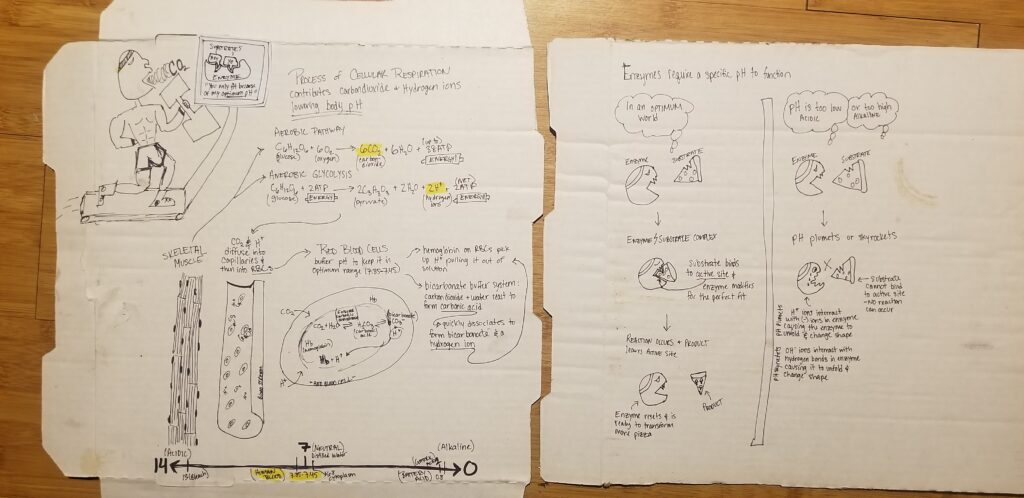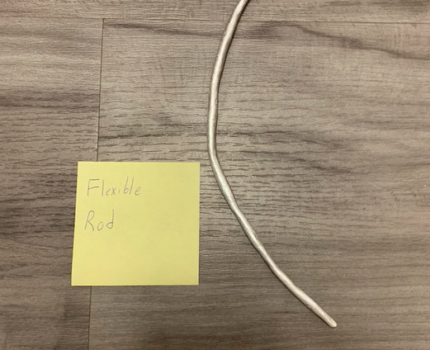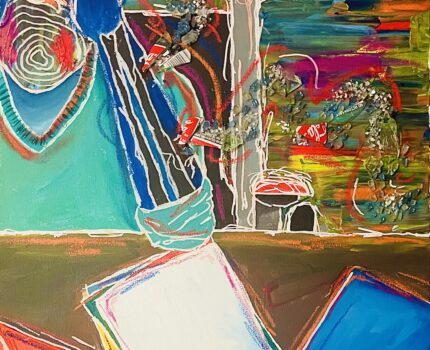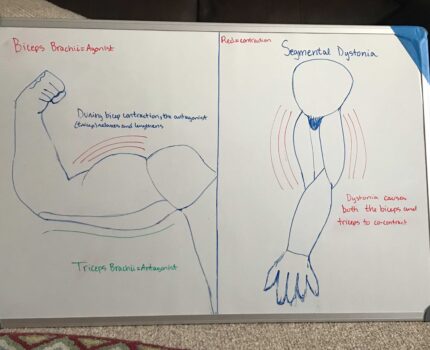I chose to discuss the importance of pH balance in the blood as it relates to enzymatic function, cellular respiration as a cause of lowered pH and buffers in the blood to help keep pH in the optimum range by drawing cartoons on a pizza box.
Echinococcus Worm Glass Painting
For my project, I decided to research Echinococcus Parasites and how they affect the human brain and other internal organs. These parasites infect the host and can cause a disease known as Echinococcosis which causes hydatid cysts and other symptoms such as pain and vomiting. I brought this research to …




